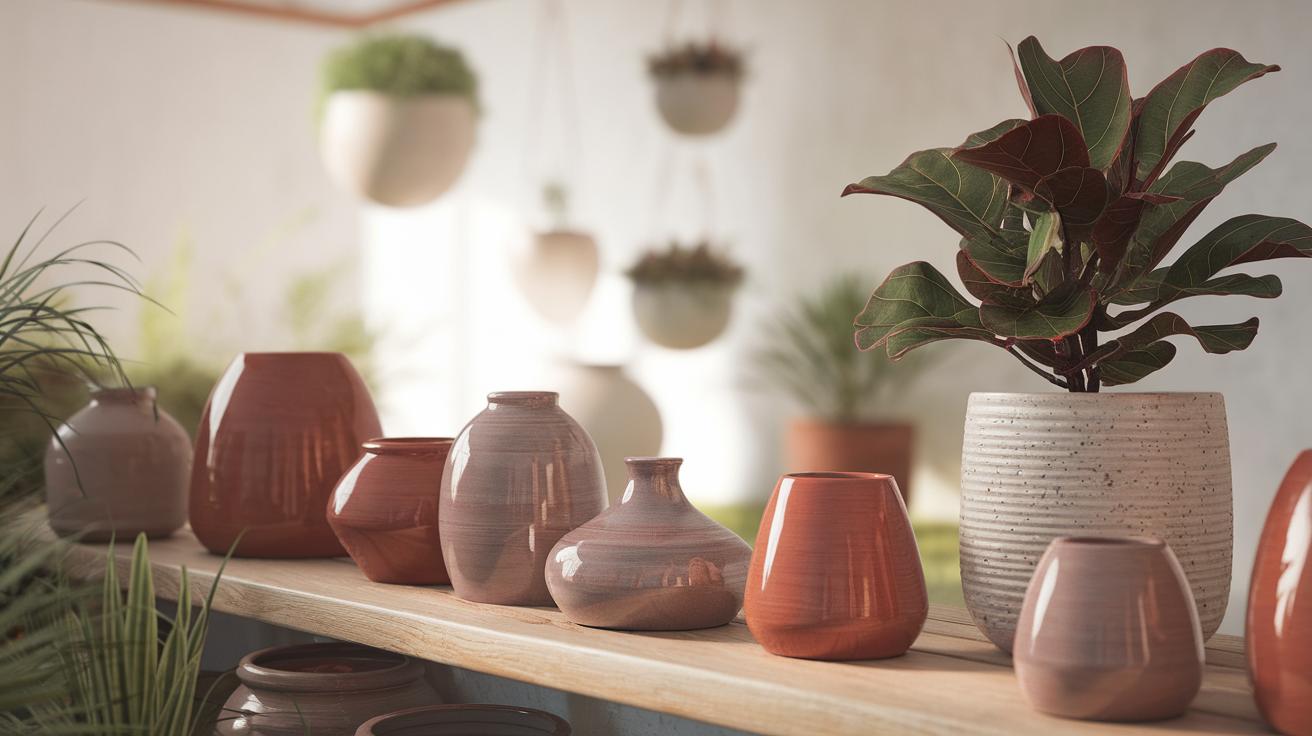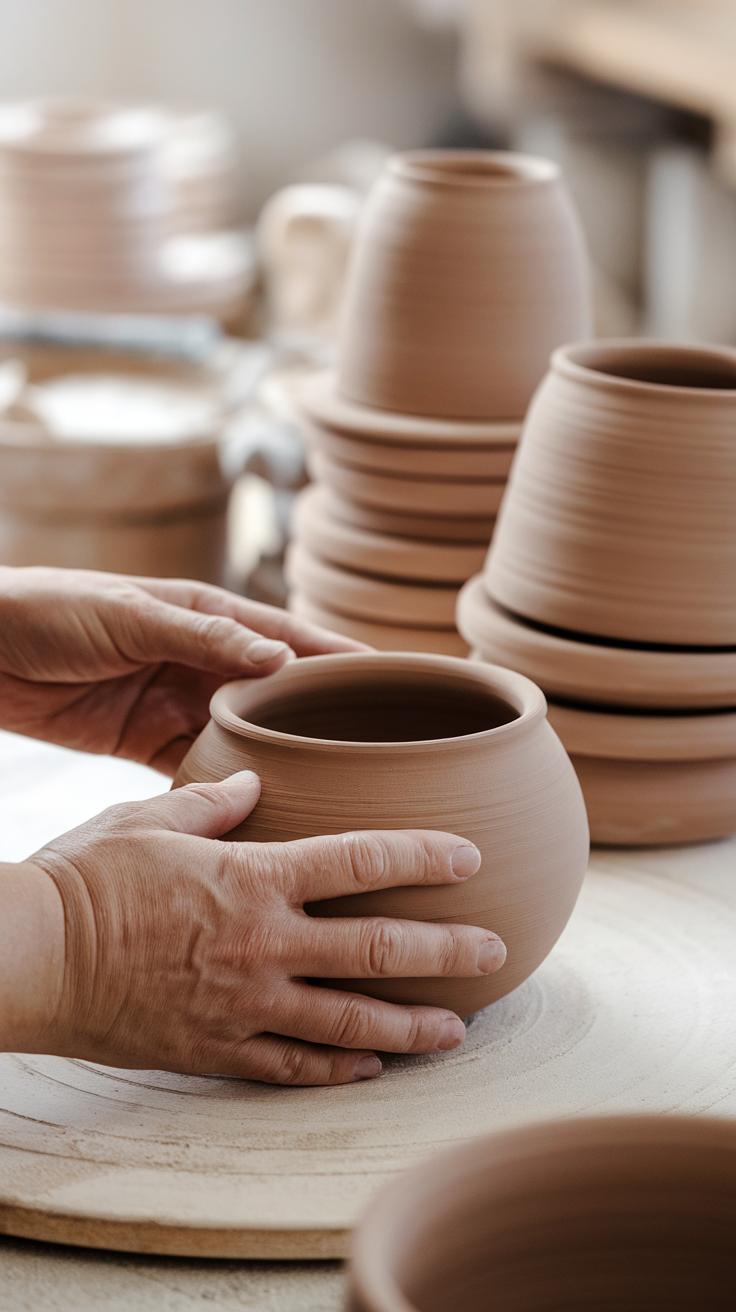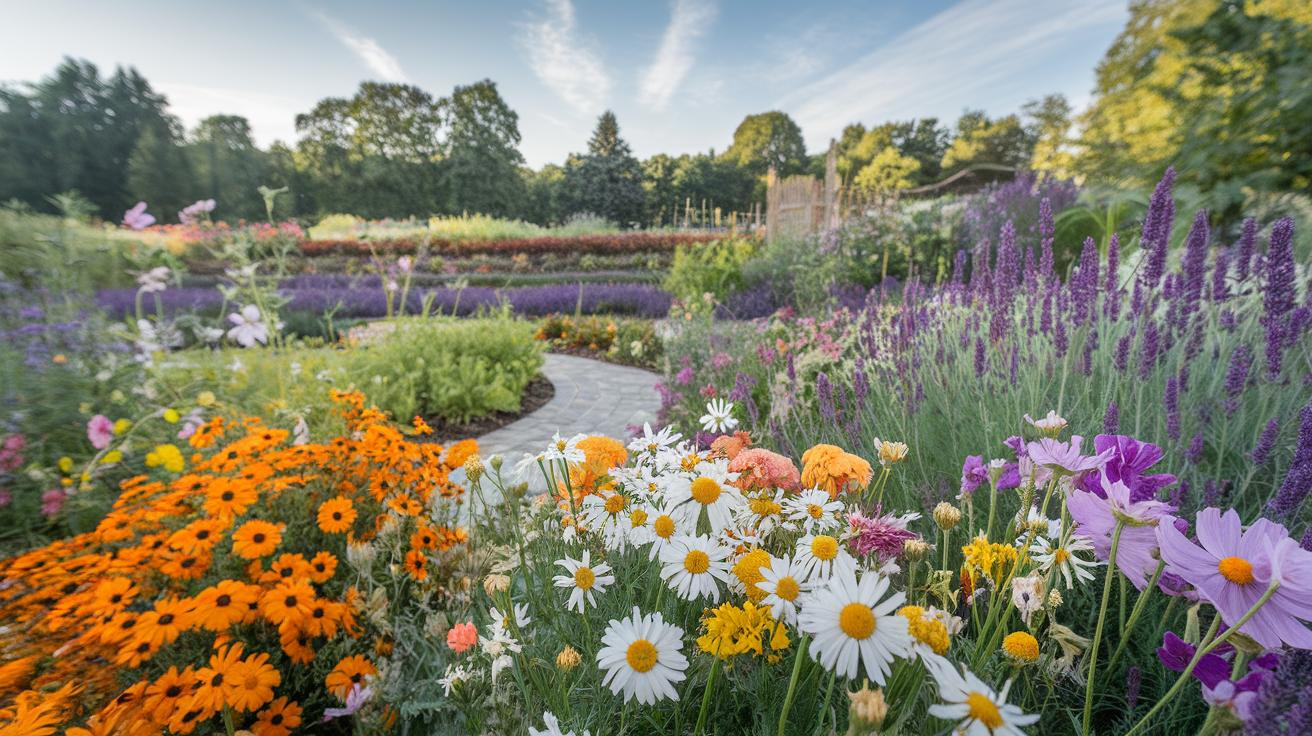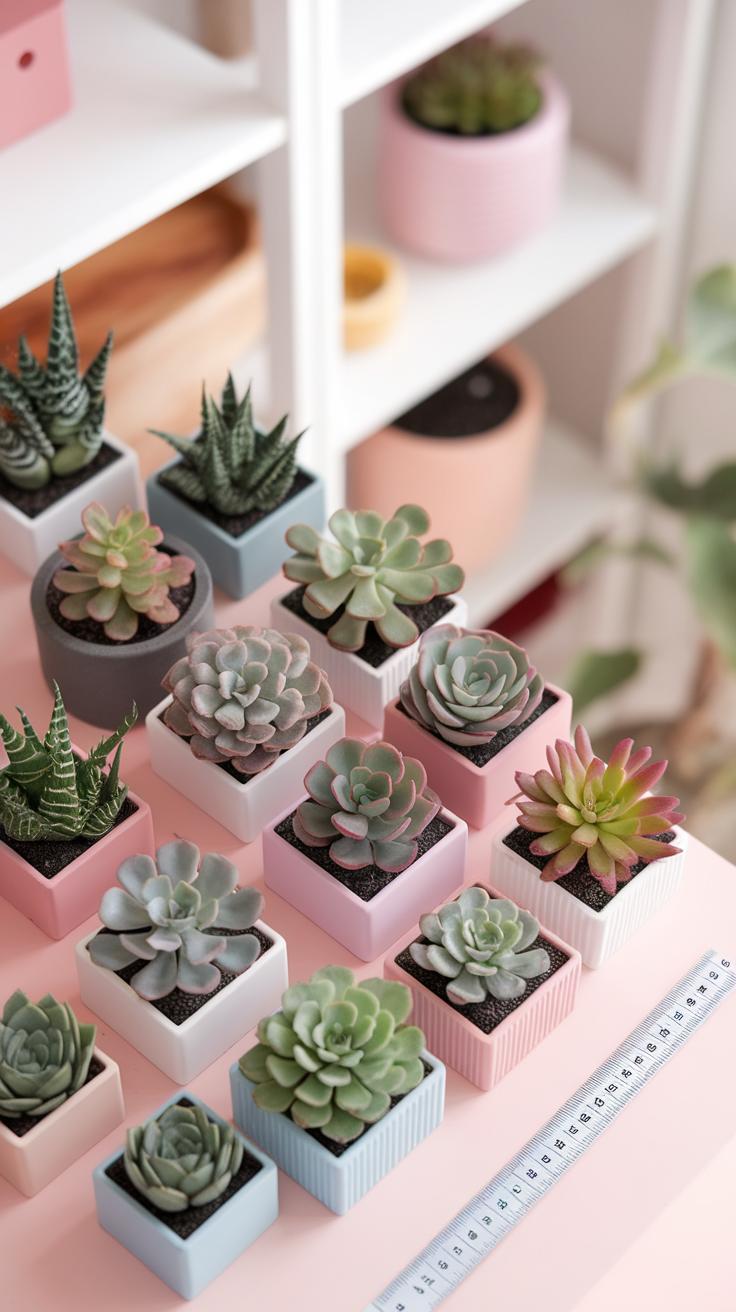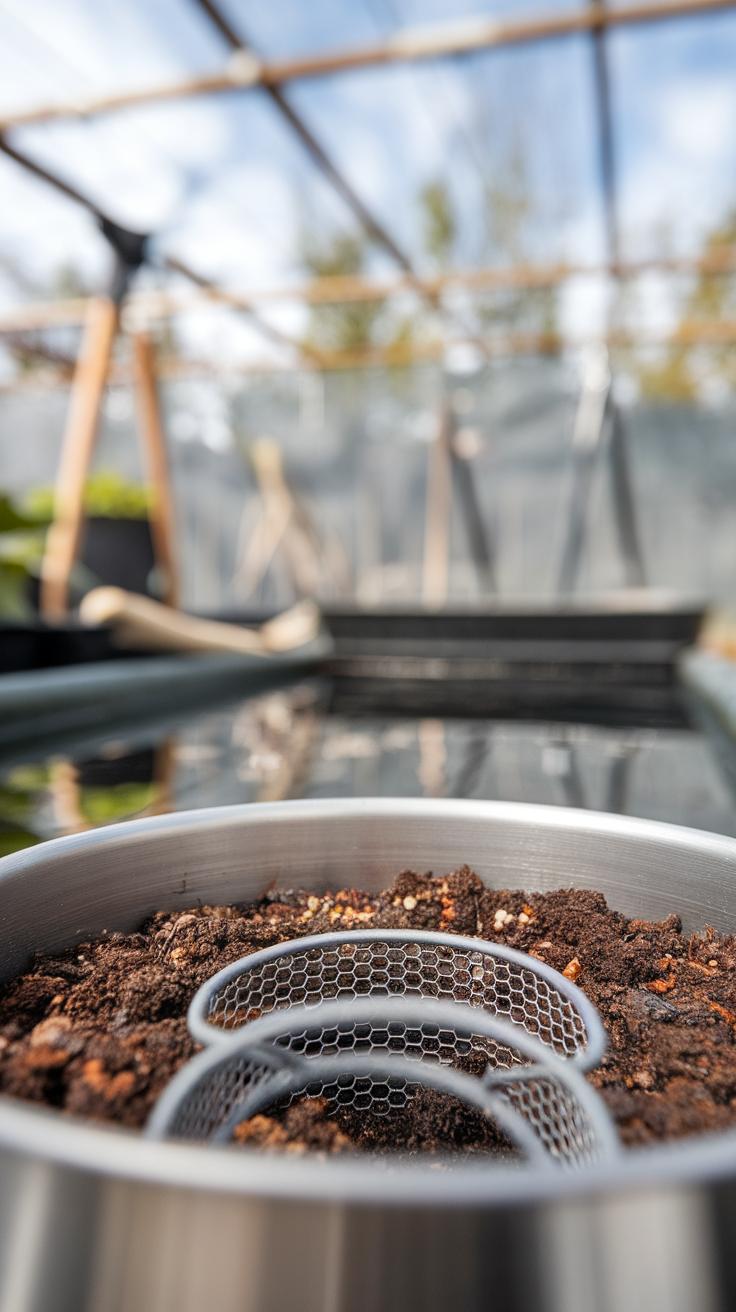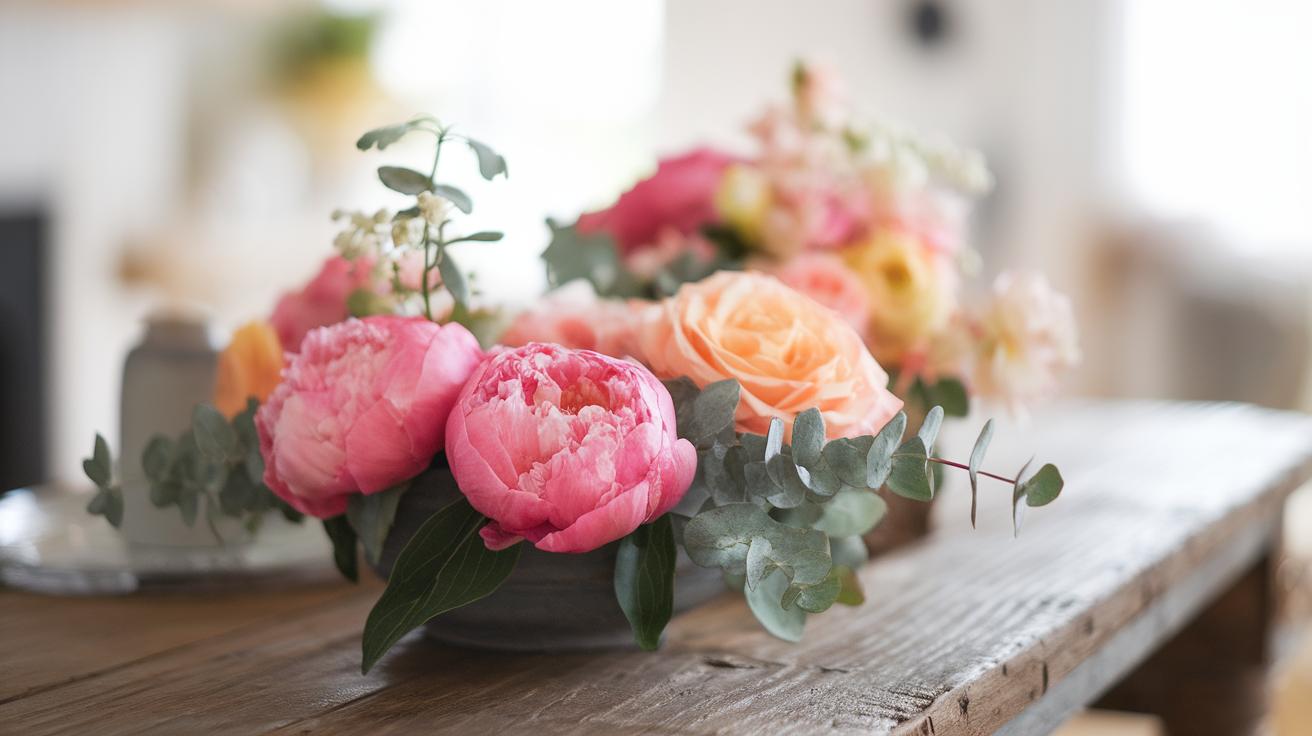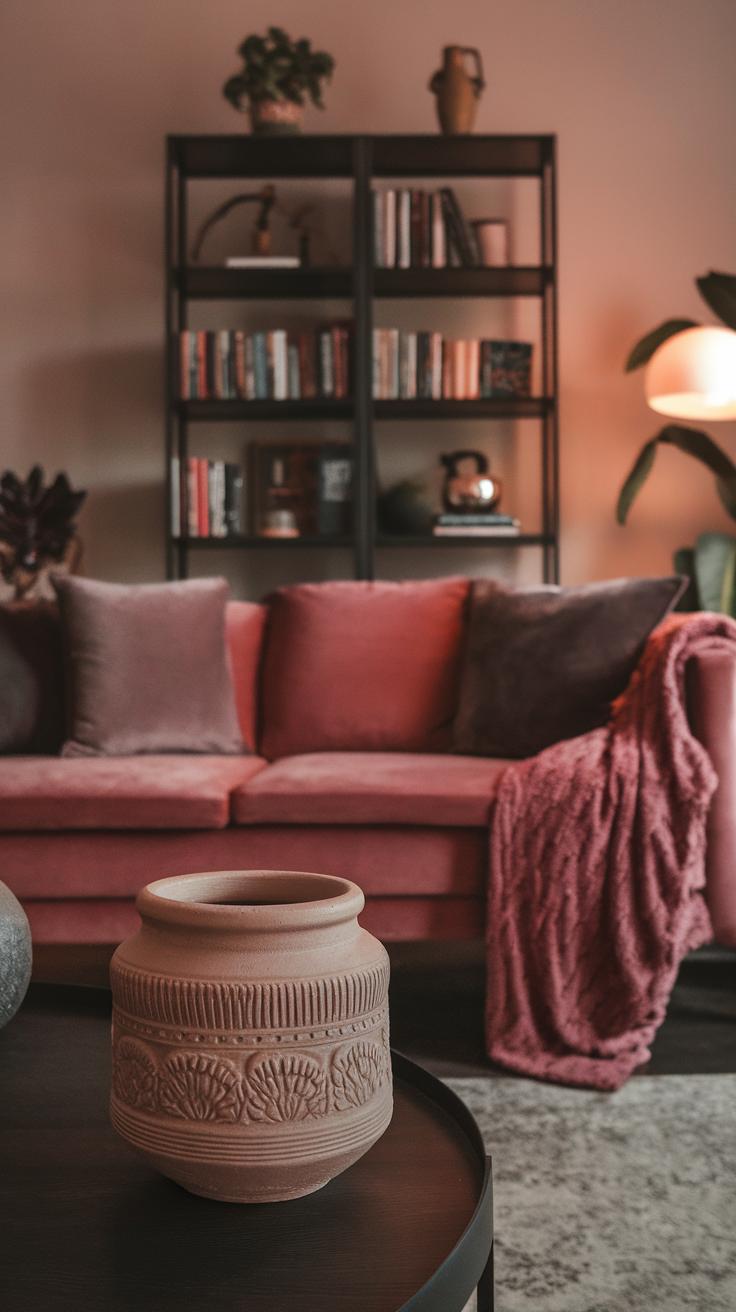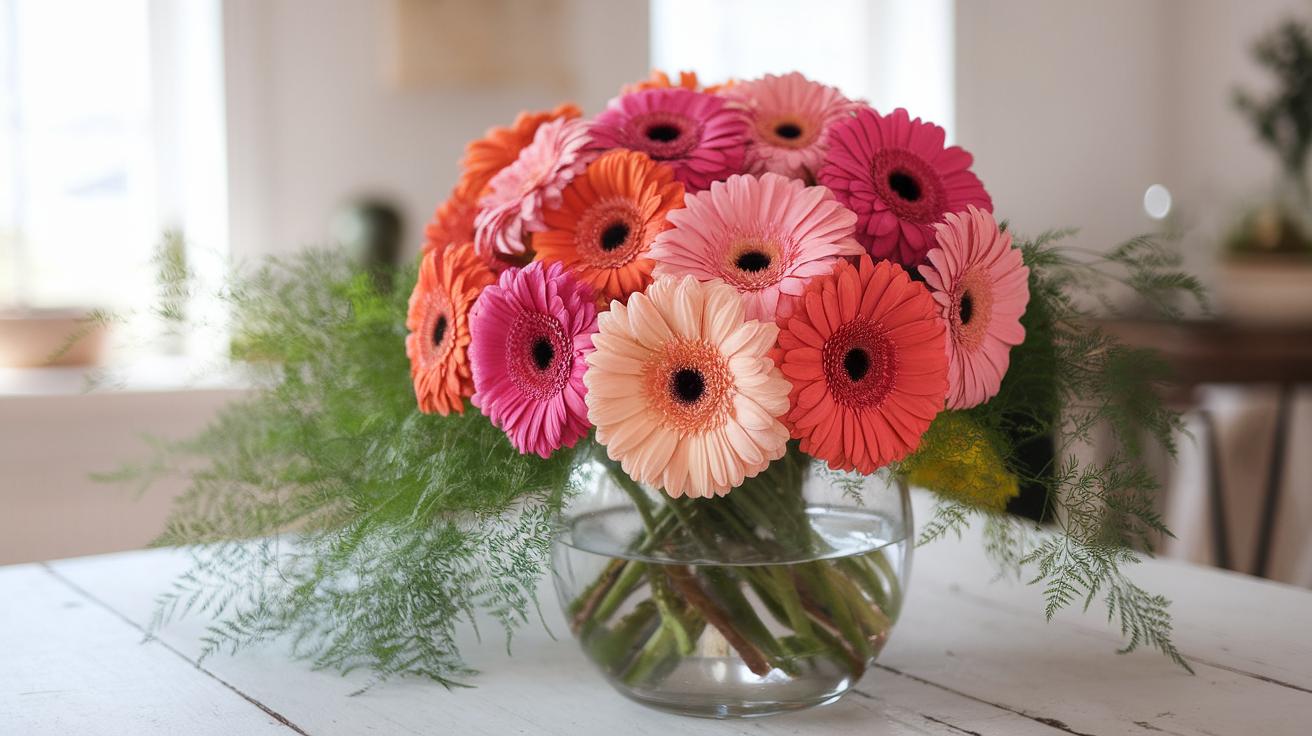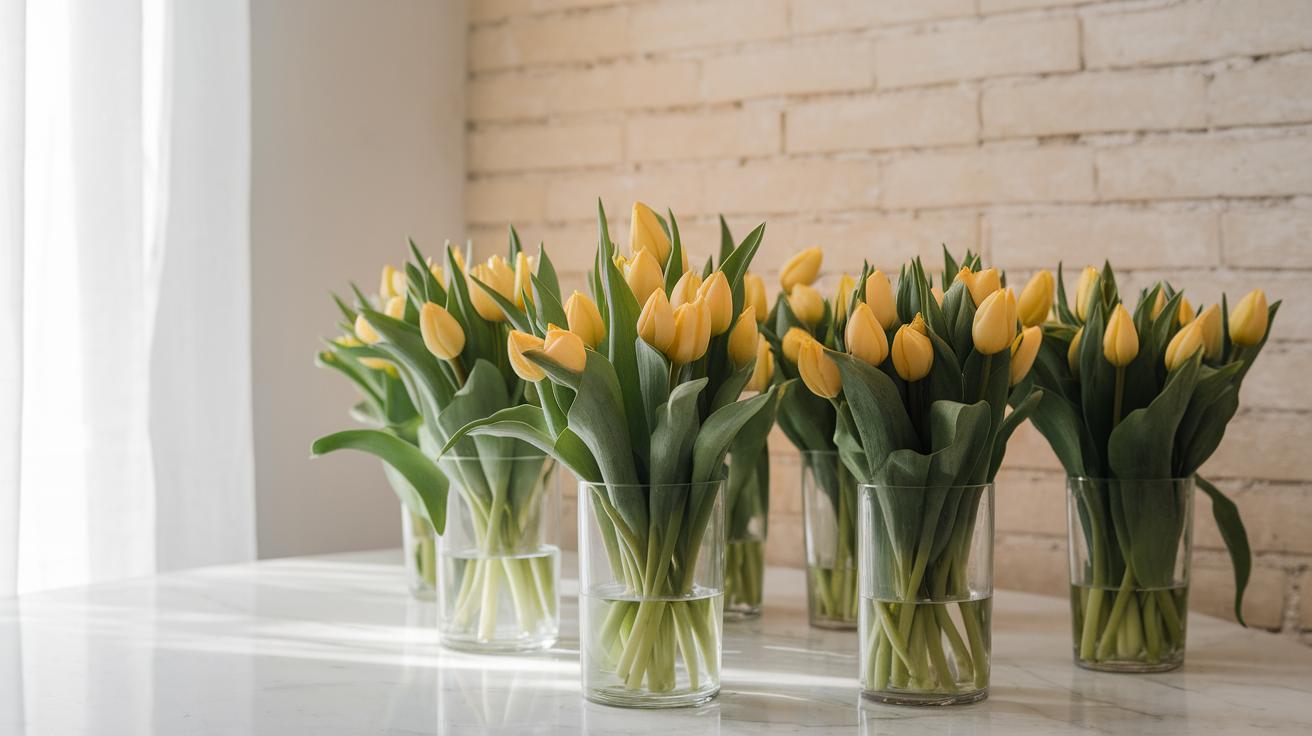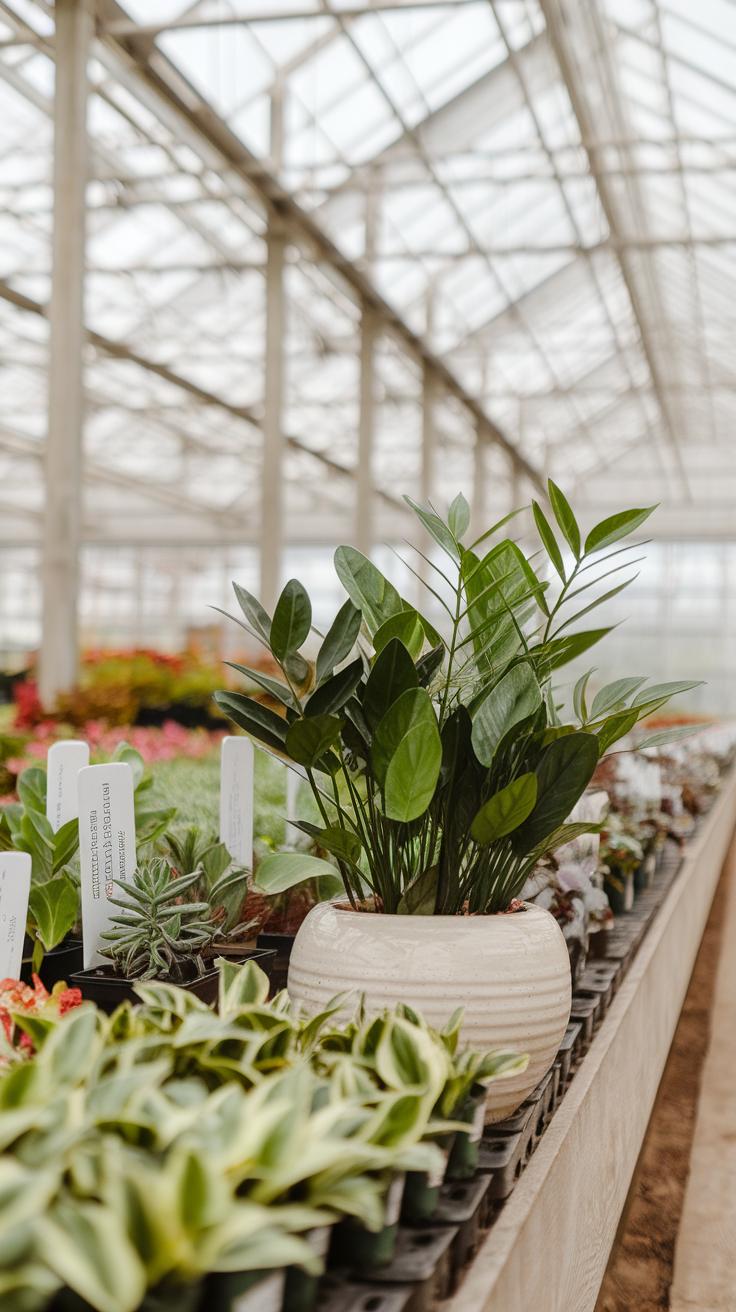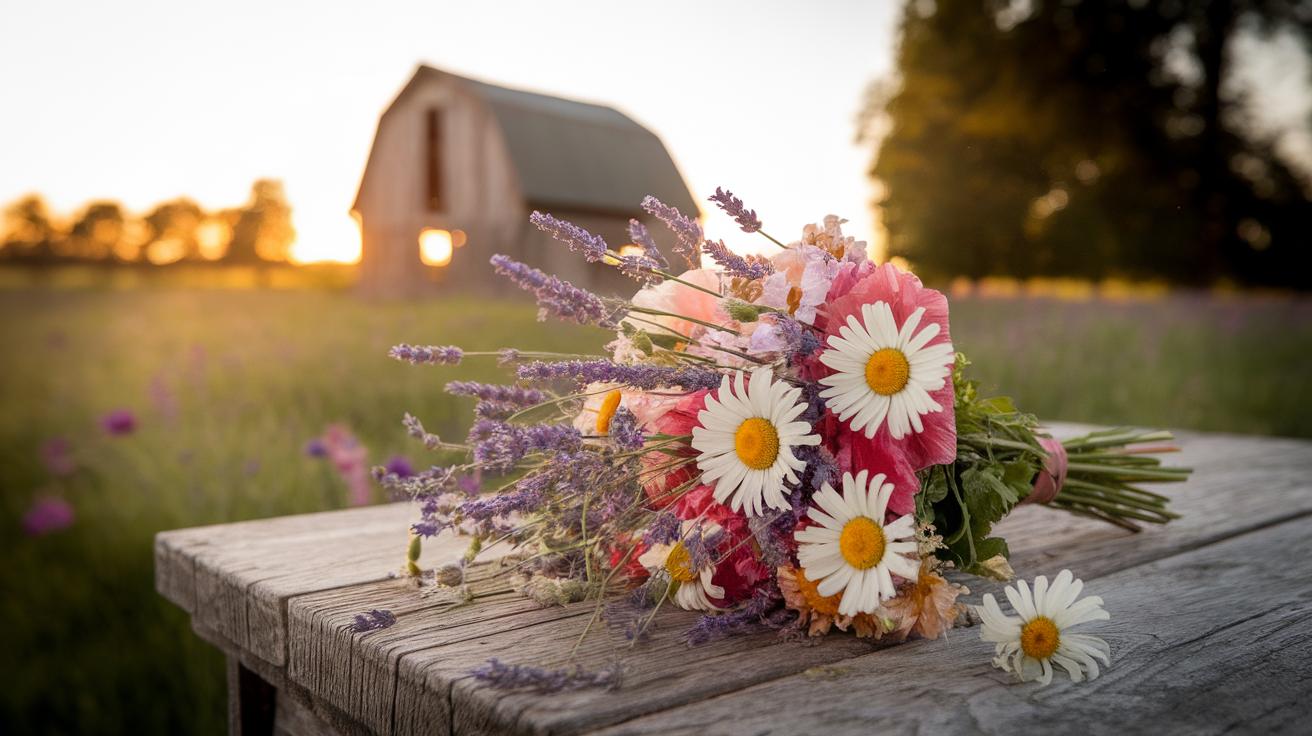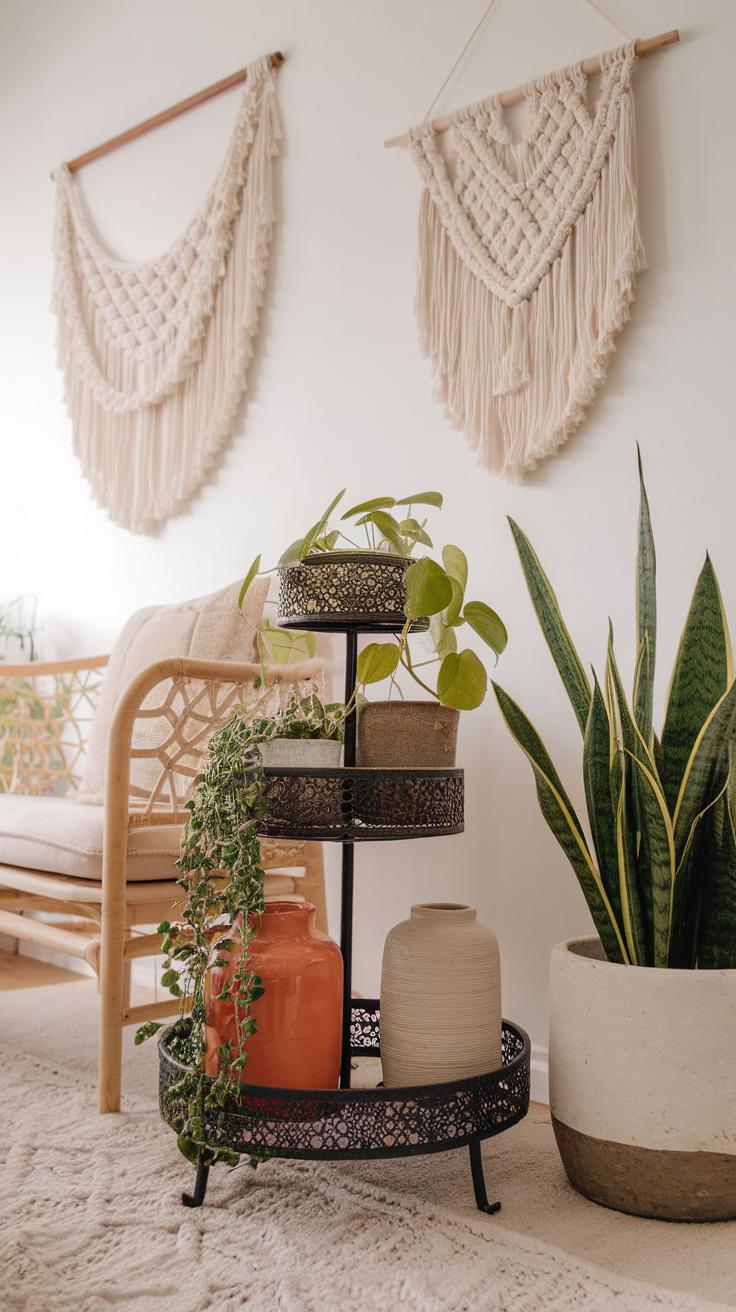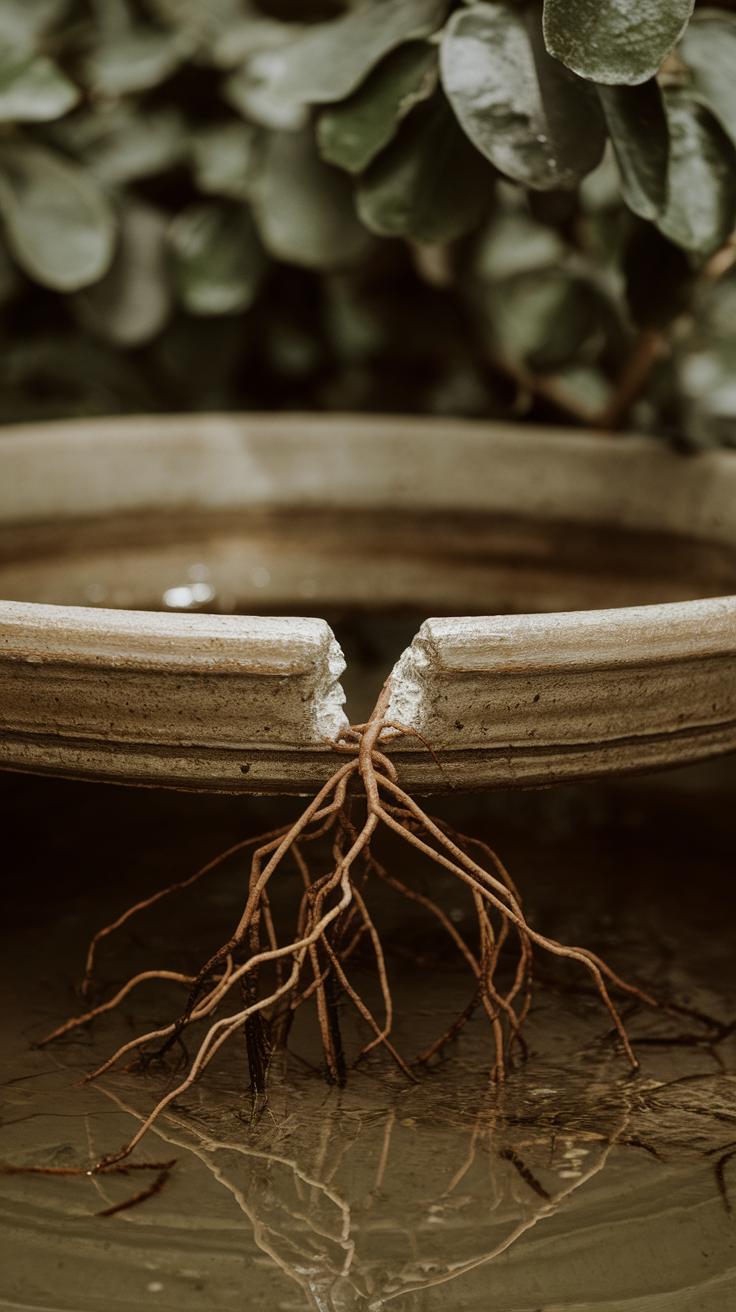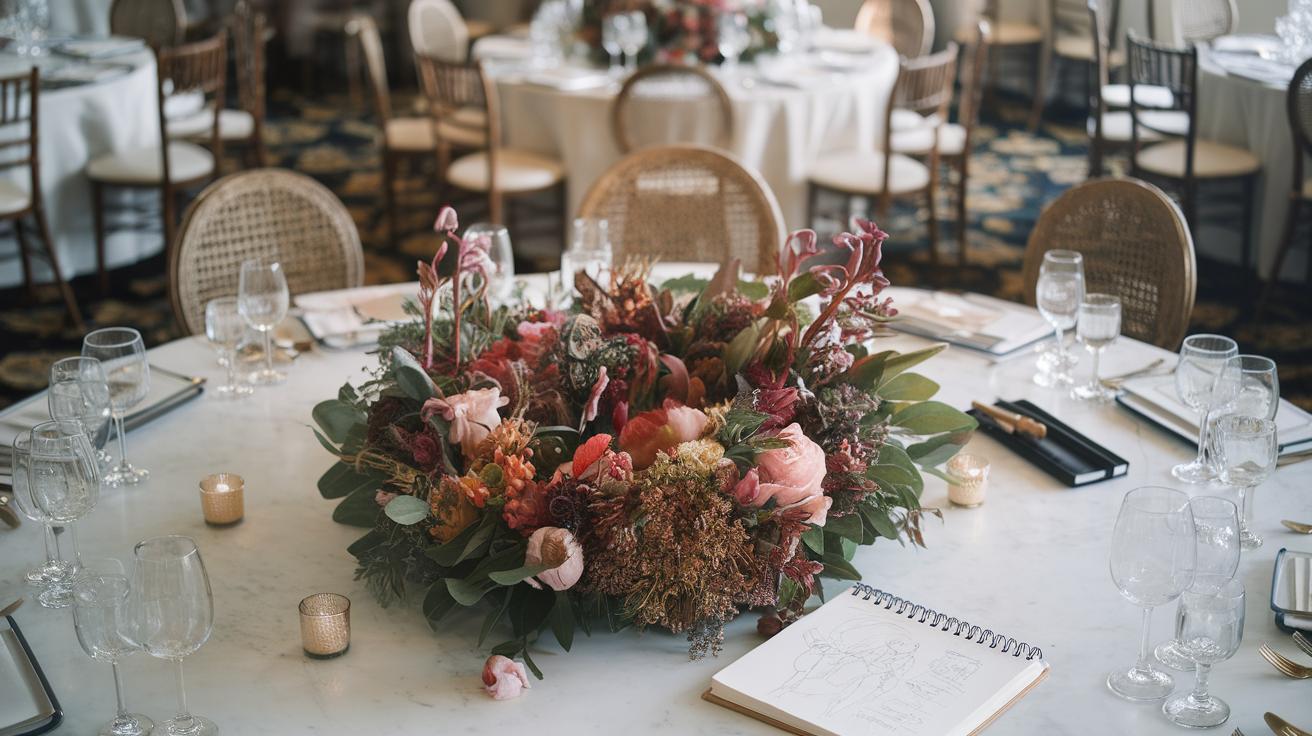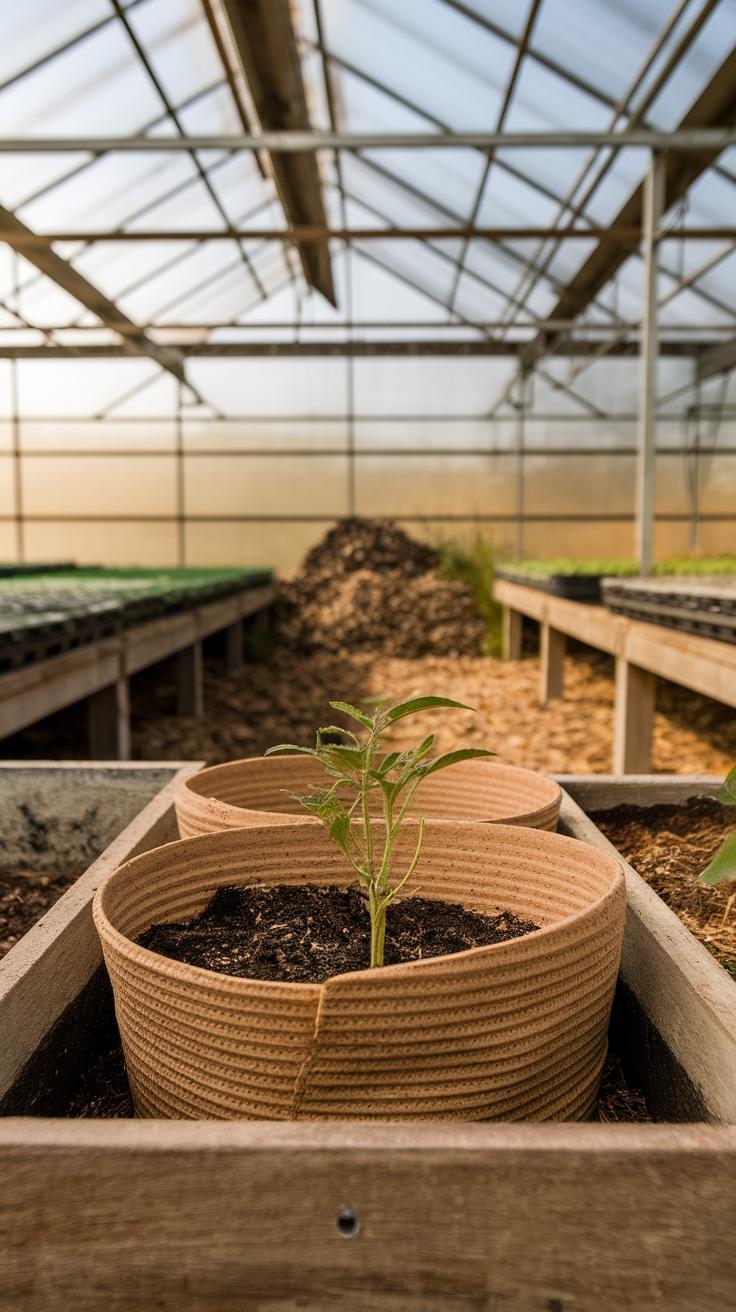Introduction
Ceramic pots have become a popular choice for indoor planters. Their unique designs and durability make them suitable for various plants. Whether you prefer small herbs or larger decorative plants, the right ceramic pot can enhance your indoor space. Understanding the characteristics of ceramic pots can help you choose wisely. This guide provides practical tips to help you select the perfect ceramic planter.
Choosing the right ceramic pot goes beyond aesthetics. You must consider size, drainage, and style. A well-chosen pot not only supports plant health but also complements your decor. Are you looking for a minimalist design or something more colorful? This article explores different types of ceramic pots while offering insights into keeping your plants thriving in their new containers.
Understanding Ceramic Pots
Ceramic pots are popular for indoor plants due to their durability and aesthetic appeal. These pots are made from clay, which is shaped and then fired in a kiln. The firing process hardens the clay and gives it strength. You may find ceramic pots in two main types: glazed and unglazed. Glazed pots have a shiny finish that adds color and can help retain moisture. Unglazed pots provide better aeration and drainage, making them ideal for certain plants.
Manufacturing can vary greatly. Some pots are hand-crafted, giving each piece a unique touch. Others are mass-produced for affordability. The choice of ceramic often impacts weight, insulation, and porosity. For example, a heavier pot may stay in place better but might be harder to move. When choosing a pot, consider how these characteristics align with your design preferences and plant needs.
Choosing the Right Size
Understanding Pot Sizes
Selecting the right size ceramic pot is vital for your plant’s health and growth. A pot too small restricts root development, which can stunt your plant’s growth. On the other hand, a pot that is excessively large may hold too much moisture and lead to root rot. Consider choosing a pot that allows for some growth but is not overwhelmingly large.
Measuring Your Plants’ Needs
Look at your plant’s current size and roots. For example, if you have a young potted fern, you might choose a pot that is 1-2 inches larger in diameter than its current home. You can also think about the type of plant. Vegetables or flowering plants often need deeper pots for root stability. Ask yourself: How fast is your plant growing? How big will it get? These questions can guide your choice.
Importance of Drainage
Drainage holes in ceramic pots play a vital role in plant health. They allow excess water to escape, preventing root rot. When soil remains too wet, roots can suffocate. Healthy roots require air and moisture balance. Ensure your pot has at least one drainage hole to support your plants.
Consider a time when you overwatered a plant in a pot without drainage. The leaves may have yellowed, sending a clear message that the plant is in distress. Using a pot with drainage helps avoid this situation. Always check the bottom of the pot before purchasing. If there are no holes, reconsider your choice.
Think about how you will care for your plant. Are you inclined to overwater? Choosing a pot with good drainage becomes even more important. This simple feature can significantly impact the success of your indoor garden. A well-drained pot encourages healthy growth and flourishing leaves.
Aesthetic Considerations
Ceramic pots offer a variety of designs that can complement your home’s style. You might choose sleek, modern shapes to match contemporary decor or go for more traditional designs that add a classic touch. Consider the size of your pots in relation to your space. A large pot can serve as a statement piece, while smaller ones can cluster nicely on a shelf or table.
Color plays a significant role in how a pot enhances your decor. Bright pots can add energy, while neutral tones create a calming atmosphere. Think about the colors already present in your home. Will your chosen pots blend in or stand out? Play with contrasting colors for a bold effect or use similar shades for a more cohesive look.
Texture adds depth and interest. Smooth, shiny finishes can provide a sleek appearance, while matte or rustic textures can contribute to a more organic feel. You can mix and match different textures to create visual intrigue. This combination can transform a simple room into a visually appealing space. How do you want your indoor garden to influence the overall vibe of your home?
Your personal style should shine through in your choices. Choose ceramic pots that reflect your taste and enhance your home. Consider spending time choosing the right pieces to create a harmonious space. Are you ready to invest in pieces that not only hold plants but also elevate your indoor living experience?
Maintaining Your Ceramic Pots
Caring for your ceramic pots is key to keeping them looking great and lasting long. Start with regular cleaning. Use a damp cloth to wipe off dust and dirt. If you see stains or mineral deposits, a mixture of water and vinegar can help. Just apply it gently, then rinse thoroughly. This helps preserve the pot’s finish.
Check for cracks or chips regularly. Even small imperfections can worsen over time. If you find any, consider doing minor repairs or replacing the pot to protect your plants. When it comes to potting, use a well-draining potting mix. This prevents water from sitting at the bottom and damaging the pot.
Placement matters too. Avoid direct sunlight for long periods; harsh rays may cause discoloration. When moving, always carry your pots carefully to avoid unnecessary stress on them. Finally, consider your plants’ needs. Some plants require more moisture, which can affect your pot.
Selecting Plants for Ceramic Pots
Choosing the right plants for your ceramic pots can enhance both the beauty of your space and the health of your plants. Each plant type has specific needs, so consider factors like light, watering, and humidity. For example, succulents and cacti thrive in bright sunlight and don’t need much water. These are perfect for ceramic pots with drainage holes, preventing root rot.
Herbs like basil and rosemary also do well in ceramic pots. They require at least six hours of sunlight each day and benefit from regular watering. Think about how your space receives light. Do you have a bright window or a shaded corner? The placement affects which plants will thrive.
Consider easy-care plants like pothos and snake plants. They tolerate various light conditions and need minimal maintenance. Their adaptability makes them perfect for anyone new to plant care. When selecting plants, always check their needs against your home’s environment. Are you ready to create a beautiful indoor garden with ceramic pots?
Styling Tips for Your Indoor Garden
Arranging ceramic pots can enhance your indoor space. Start by grouping pots of different heights. This creates layers and draws the eye upwards. Tall plants, like snake plants, can go in back, while shorter plants, like succulents, fit in front. Consider using a mix of shapes. Round and square pots can complement each other, adding interest to your display.
Color plays a key role in styling. If you have a colorful pot, balance it with neutral tones to help it stand out. You might try placing a vibrant blue pot next to a simple white one. Use trays or shelves to create a tiered effect, maximizing your display space.
Finally, think about the light and environment of each spot. Different plants need varying light levels, so choose your arrangement carefully. Where will you put your pots to create the best display? Your indoor garden can reflect your style and bring life to your home.
Troubleshooting Common Issues
Caring for plants in ceramic pots can present challenges. You might notice that your plant is wilting, even though you water it regularly. This often indicates poor drainage. Ceramic pots may retain water if they lack drainage holes. Add gravel to the bottom of the pot to improve flow. Alternatively, you can switch to a pot with proper drainage.
Pests might also invade your indoor plants. Check your ceramic pots for signs of infestation, such as small webs or discolored leaves. If you spot pests, take immediate action. You can use insecticidal soap or neem oil. Apply it directly to affected areas to control the problem effectively.
Another common issue is discoloration of leaves. This can result from excess sunlight or insufficient nutrients. Position your pots in an area that receives filtered light instead of direct sunlight. To boost nutrients, consider using a balanced fertilizer every few weeks to support growth. What specific problems have you encountered with your plants?
Embracing EcoFriendly Practices
Choosing ceramic pots is not just about aesthetics; it also relates to sustainability. Many ceramic pots are made from natural materials like clay, which reduces reliance on plastic. This choice helps decrease landfill waste. Ask yourself, how can your plant decisions make a positive impact on the environment?
Investing in high-quality, durable ceramic pots means you won’t need to replace them often. This longevity cuts down on consumption. Look for brands that use environmentally friendly production methods. Finding pots from local artisans can also support community economies and reduce transportation emissions.
Caring for your plants in these pots contributes to their health too. Well-made ceramic pots improve air circulation and drainage, promoting strong root growth. Think about how your plant care approach aligns with your values on sustainability. Can you find ways to make your indoor gardening even more eco-friendly?
Conclusions
In summary, selecting the right ceramic pot for your indoor plants can significantly impact their health and your interior design. Consider factors like size, drainage, and pot style when making your choice. By investing time in selecting the right planter, you create an inviting atmosphere for both you and your plants.
With the right ceramic pot, your plants can flourish, and your home can sparkle with life. Remember to regularly check on your plants and their pots. A little care goes a long way in achieving a stylish and functional indoor garden.

